After visiting Lençóis Maranhenses National Park and São Luís, we finally arrived at Rio de Janeiro!
1. Hiking to the Christ statue & saving a lot of money
There are organized tours from all over the city, where they take you up to the Christ statue and back to your starting point by minibus. There is a train as well, but also not so cheap and very crowded. For us, the entrance/trip fees seemed extremely high considering they are only two rides and to watch the statue from closer than you can do it for free.
We decided already in the morning that we would like to hike up to 710 m high Corcovado (meaning hunchback) hill on a famous hiking trail. The trail starts in the Parque Lage and takes about 2 hours, depending on your fitness and frequency of photo stops! 🙂 We didn’t regret it at all! There were much fewer people and we had a view of the city and beaches on the way. Except for a few steeper parts, the walk was easy and we passed a couple of waterfalls (which did not have too much water in them).
On the top, we had a drink and took some close-by pictures of the famous statue, then decided to walk to a hill named Mirante Dona Marta and take more pictures. The map marked a viewpoint there and it turned out there was a helicopter landing pad. We could observe the statue, the bays and beaches, the Sugar Loaf mountain and the favelas as well from the far distance. After this, we were satisfied and descended to Cosmo Velho and took a city bus a bit later back to our hostel.
We can highly recommend it everyone who wants to avoid tons of people to do the visit in a pleasant way.
Update (2017): We have heard stories that people got mugged on the way through the forest, so Brazilian police are more often present there. Ask around before you start your hike if the situation has changed.
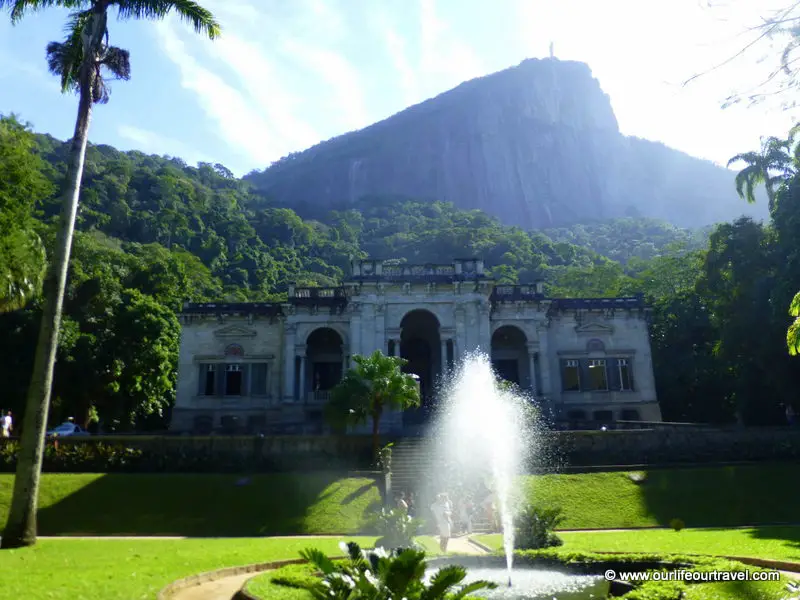
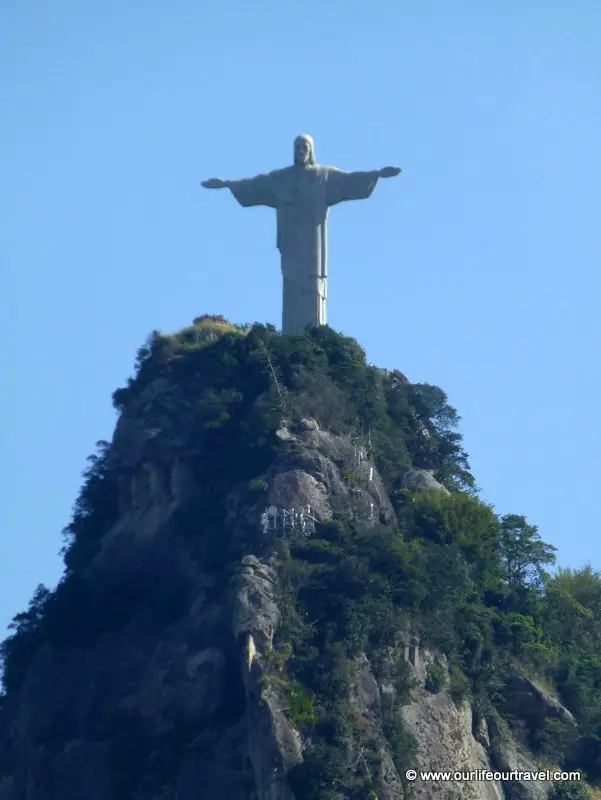
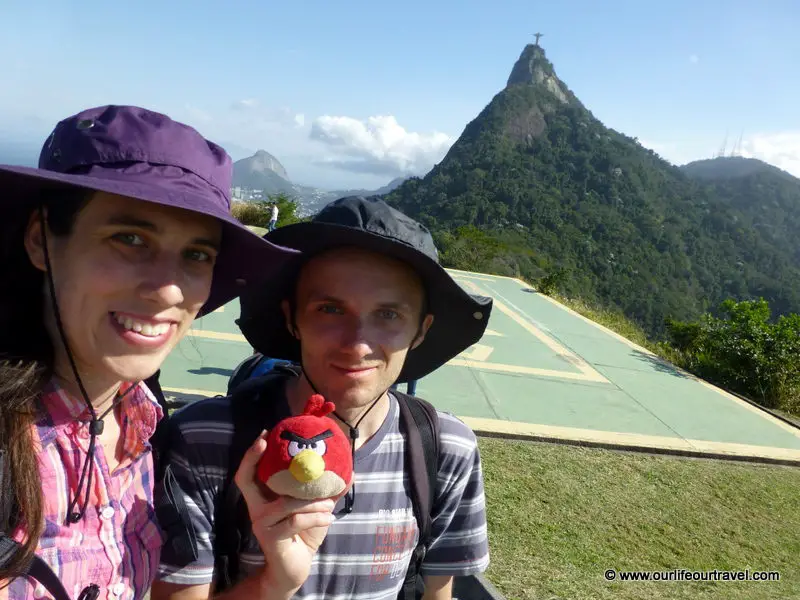
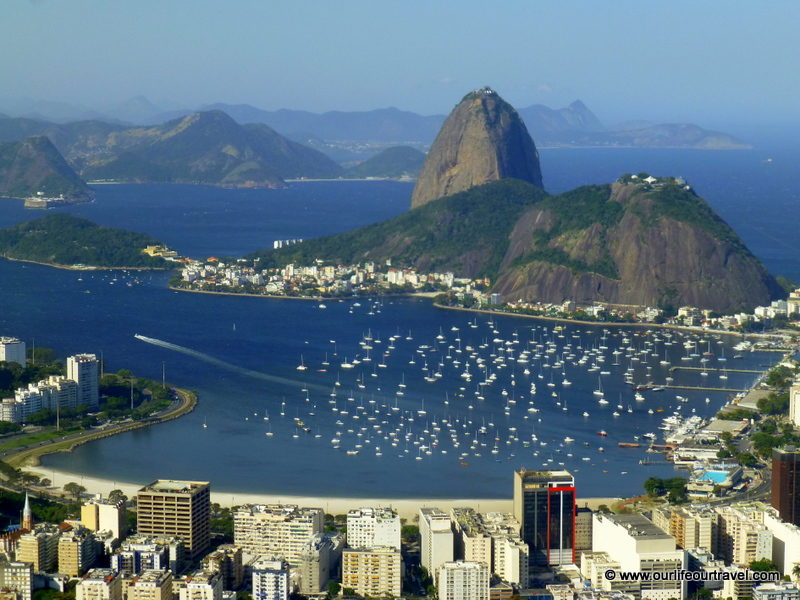
2. Favela tours
Many tour agencies and individuals are organizing tours to the favelas all over the city. First we were considering to take one of the donation-based tours, but in the end, we thought we already had enough adventure by peeking into some of them.
The favelas are all over the city, the rich and poor neighborhoods are totally mixed, they are not only on the periphery. The government built cable cars in a couple of them to make them easier to access. Rocinh is the biggest favela in the whole of Brazil and it’s considered not the safest. Despite that most of the tours are organized there.
On the opposite side of the metro line, even next to the Maracanã stadium, you will see the favelas and the cable car. Somehow I don’t remember this view from the football broadcasts 😉
Our hostel was just next to the entrance of another favela and, while walking back to the city from the Christ statue we even passed by some favela from VERY CLOSE. Actually we first just noticed the huge houses with security guards, high walls (4-5m) and barbed wire on the left side of the road and then we have realized the favelas start on our right. We first almost walked through one as we followed route suggested by Here Maps (thanks, Nokia!) on the mobile phone, but then we decided to walk just on the edge.
If you are brave enough and feel like you would like to see their places do and take a tour! Or at least TAKE A LOCAL with you!
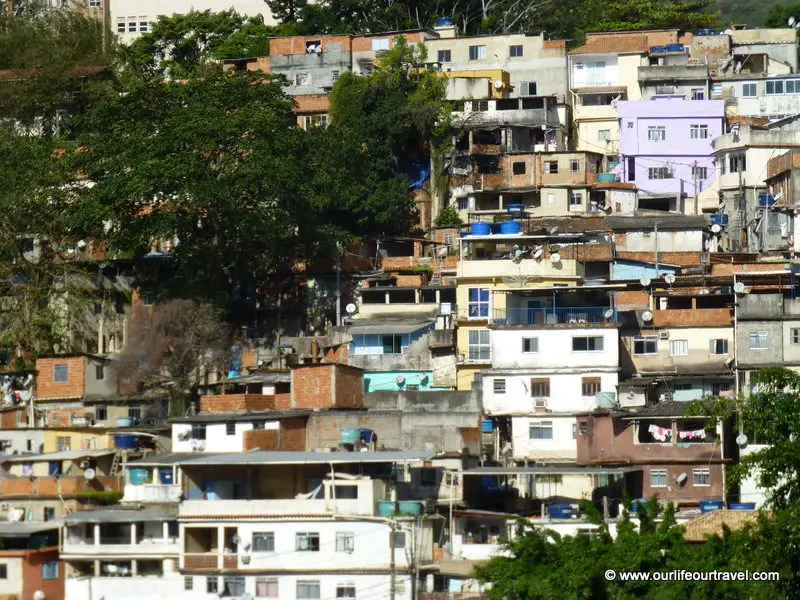
Favelas and Maracanã stadium
First, we didn’t plan to visit the stadium, just take some pictures from the outside, but in the end, we voted for some luxury and went also inside. If you are not a big fan of football, probably better to skip this ‘tour’. It isn’t a budget thing to do.
We could visit several floors, changing rooms, different class seats, the substitute bench, even kick the ball at the end of the field. 🙂 Otherwise, the stadium (as most of the WC stadiums) is not well-used since the Worldcup ended.
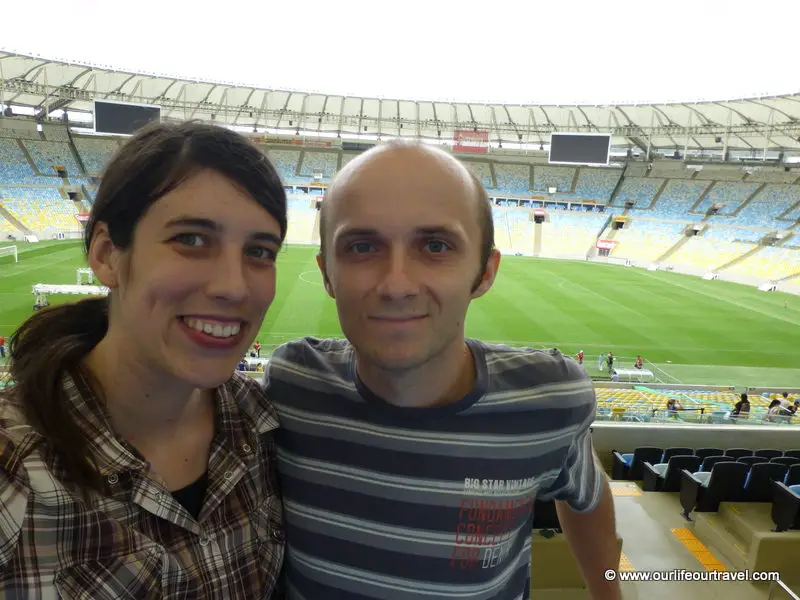
3. Copacabana and Ipanema beaches
Yes, the beaches! I think one of the main attraction of the city after the Carnival! You can go swimming, sunbathing or surfing. And if you want to be part of the local life, go and have a gym training! Our favorite was Ipanema: it was bigger, great view to the hills with favela and a 5-star hotel right on the edge of the favela.
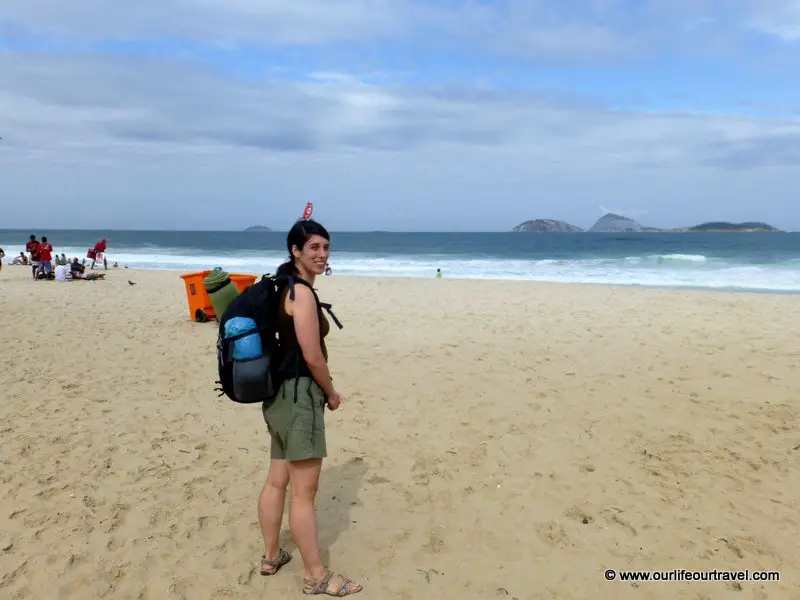
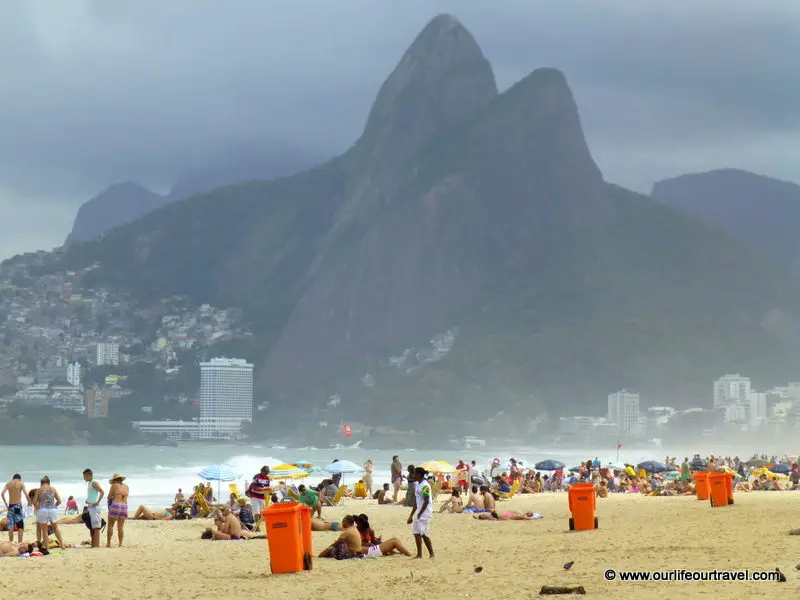
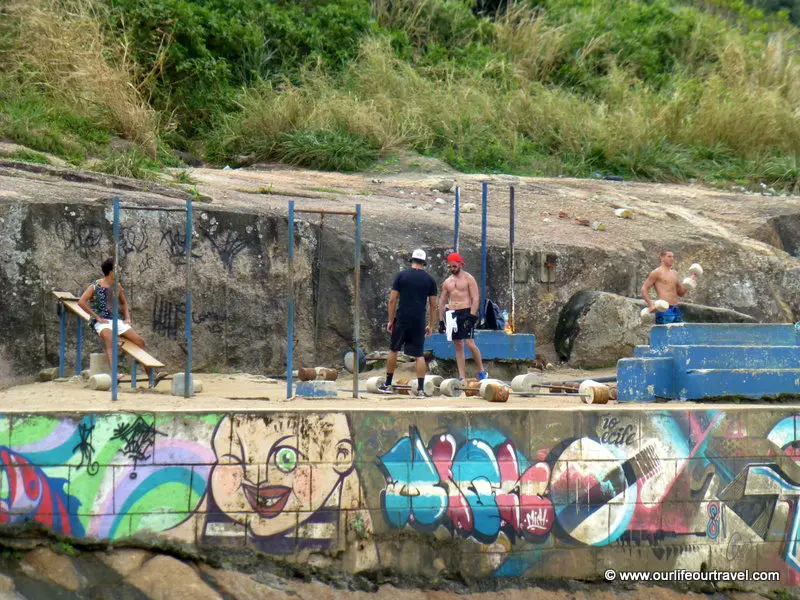
4. Sleeping outside of the airport
If you arrive late to the city and would like to save some money, sleeping in the local airport is one of the best options. First, we planned to sleep INSIDE the airport, but turned out that it is closed for the night, the cleaning lady woke us up and then the security man came to take us out of the terminal and pointed out the place where it’s allowed and safe to sleep. It was much warmer than the air-conditioned terminal!
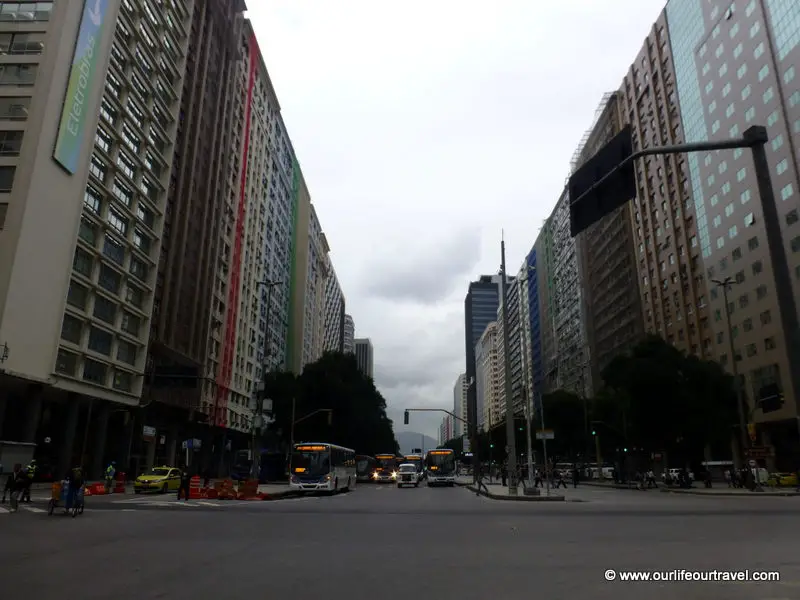
5. Local food and drinks
Are you ready to try everything? The city is full of little restaurants where you can pick from the buffet table anything and you pay by your plate’s weight (“comida a kilo” buffets). The perfect way to try a bit from everything! You don’t need to order a full meal with only one kind of food, but if you want, you can of course just take the one you like the most. It is the cheapest way to eat out and have a variety of food.
As for drinks, don’t miss out caipirinha!
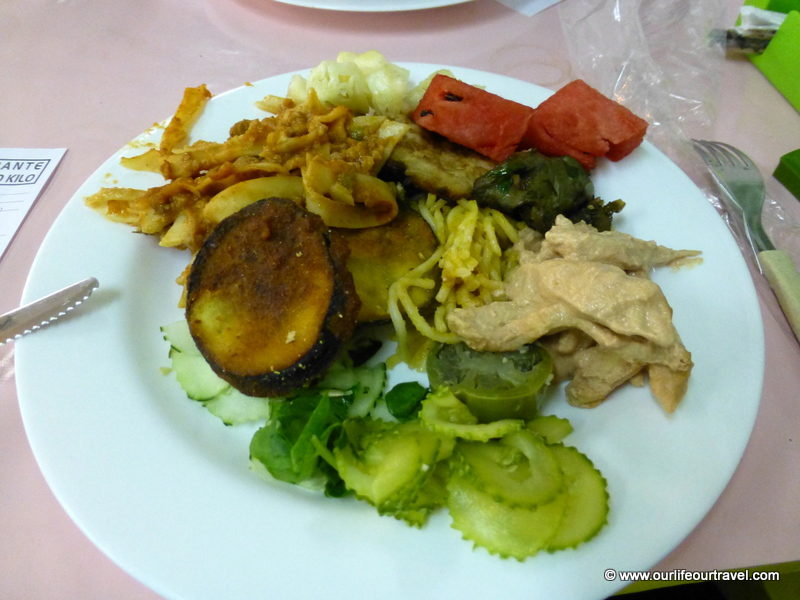
+1 Stolen bank card data
This is more like a warning not to let strangers spending your money 😉
We didn’t use our bank cards often only for some of the accommodations and in few bigger supermarkets (a couple of times in Brazil), but apparently, someone managed to copy my card and had some entertainment by spending few euros from it. And it happened in Rio. Be cautious and try to watch the sellers’ hands more carefully than I did!
The best is to use cash (exchange rates were very good – better than paying by card) to avoid surprise transactions and be sure that you know how to ban your card in case of emergency!

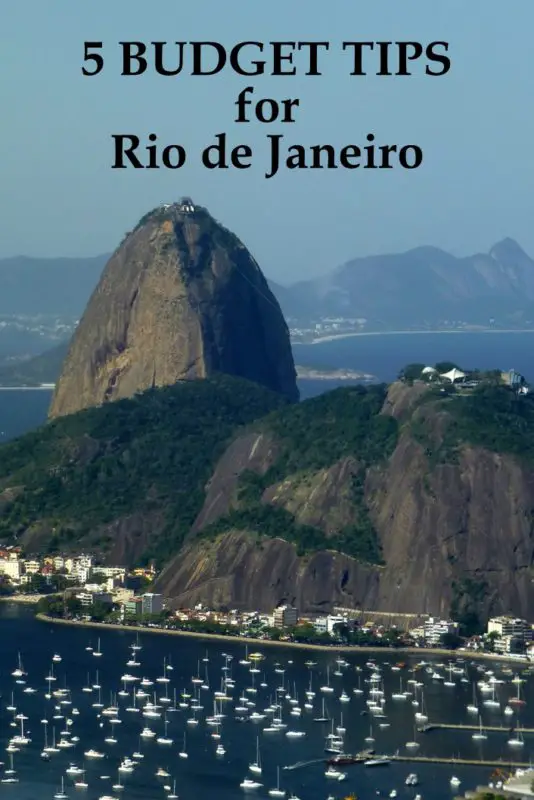
Pingback: Rio de Janeiro Travel Guide - HAPPY FROG TRAVELS
Great advice, thanks. I’m heading to Rio next month so it will help. Which is a good area to stay in? I’m travelling with my husband and two kids.
We stayed at the center near the subway line (Cinelandia stop), but with kids I’d consider the beach areas (maybe Ipanema?) as well. Enjoy your time there!
Thanks for the amazing article! Brazil is really beautiful, added it to my “countries to visit” list.